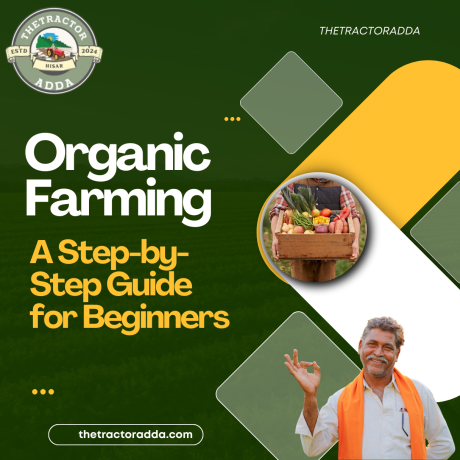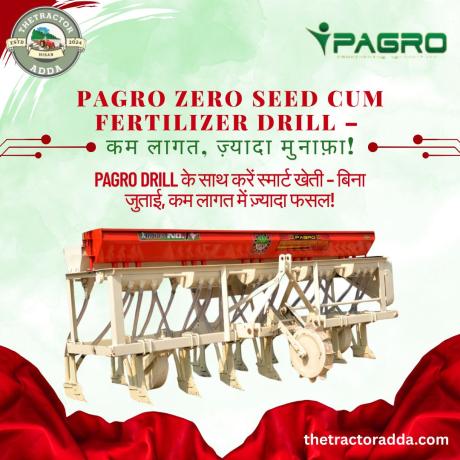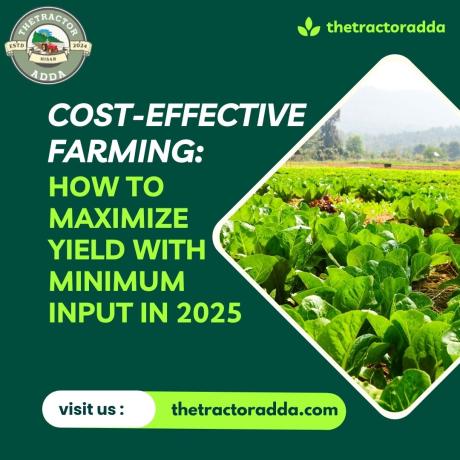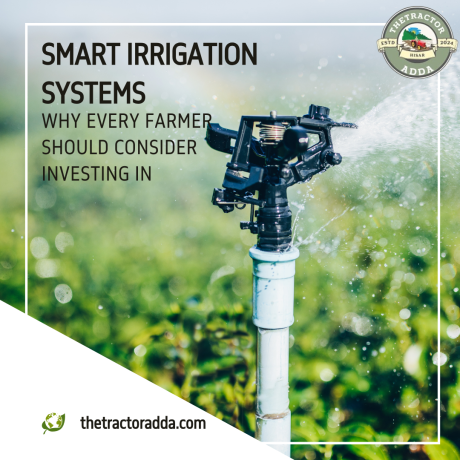Organic Farming: A Step-by-Step Guide for Beginners

Blog Description
Organic farming is gaining popularity as more farmers shift toward chemical-free, sustainable agriculture. This guide will help beginners understand the fundamentals of organic farming, its benefits, and the essential steps to get started.
Step 1: Understand Organic Farming
Organic farming avoids synthetic fertilizers, pesticides, and genetically modified organisms (GMOs). Instead, it relies on natural fertilizers, crop rotation, and biological pest control to maintain soil health and crop yield.
Benefits of Organic Farming
✔ Healthier and chemical-free produce
✔ Sustainable and eco-friendly practices
✔ Higher market value for organic products
✔ Improved soil fertility and biodiversity
Step 2: Choose the Right Land & Soil Preparation
- Select land with minimal exposure to chemical pesticides.
- Conduct a soil test to check nutrient levels and pH balance.
- Improve soil health by adding organic compost, manure, and bio-fertilizers.
Soil Enrichment Techniques
✅ Use compost and green manure to improve fertility.
✅ Rotate crops to maintain soil nutrients.
✅ Avoid synthetic fertilizers and pesticides.
Step 3: Select the Right Crops
Choose crops that grow well in your region and climate. Some beginner-friendly organic crops include:
- Vegetables: Tomatoes, spinach, carrots, and cucumbers.
- Fruits: Mangoes, papayas, and guavas.
- Grains: Wheat, rice, and millets.
Step 4: Organic Pest and Weed Management
- Use neem oil and biological pesticides to control pests.
- Practice companion planting (e.g., planting basil near tomatoes to deter pests).
- Utilize mulching to suppress weeds naturally.
Step 5: Water Management
- Use drip irrigation to reduce water wastage.
- Harvest rainwater for irrigation.
- Maintain proper drainage to avoid waterlogging.
Step 6: Harvesting & Marketing Your Organic Produce
- Harvest crops at the right time for maximum freshness.
- Follow organic certification standards for better market value.
- Sell directly to consumers, organic markets, or online platforms.



